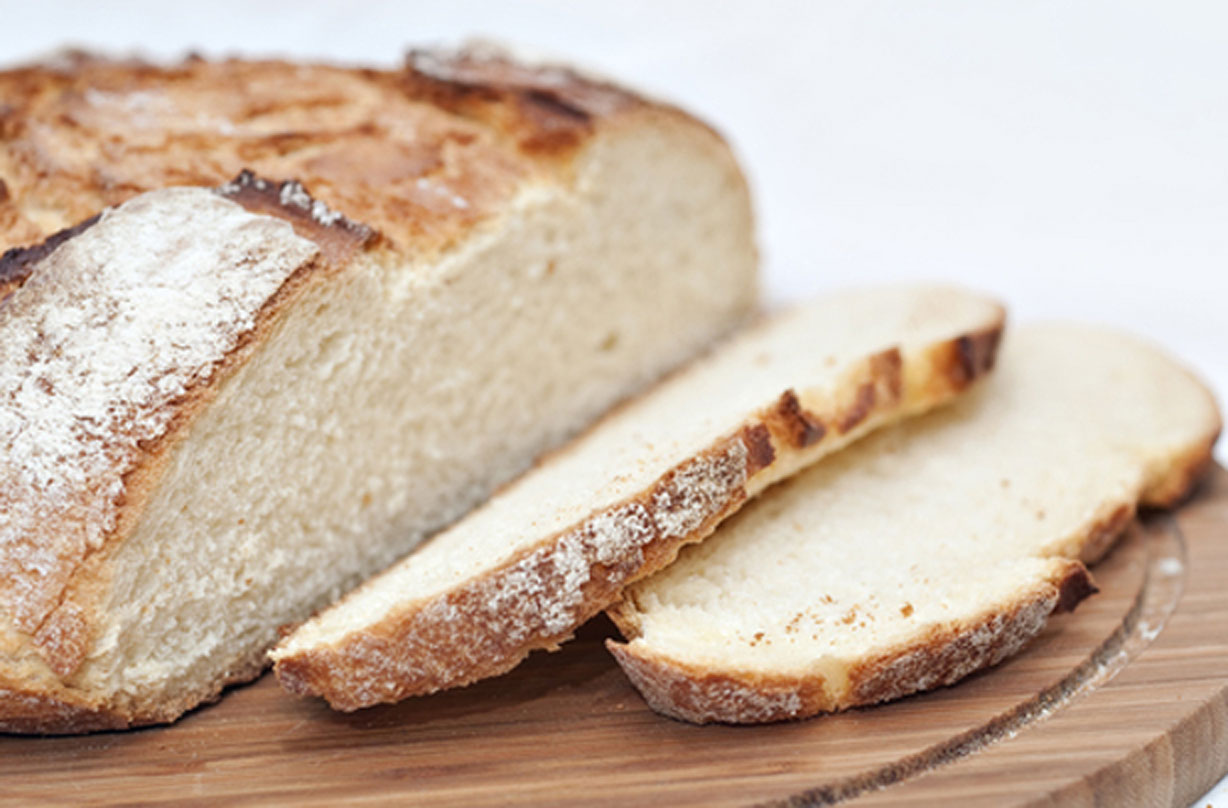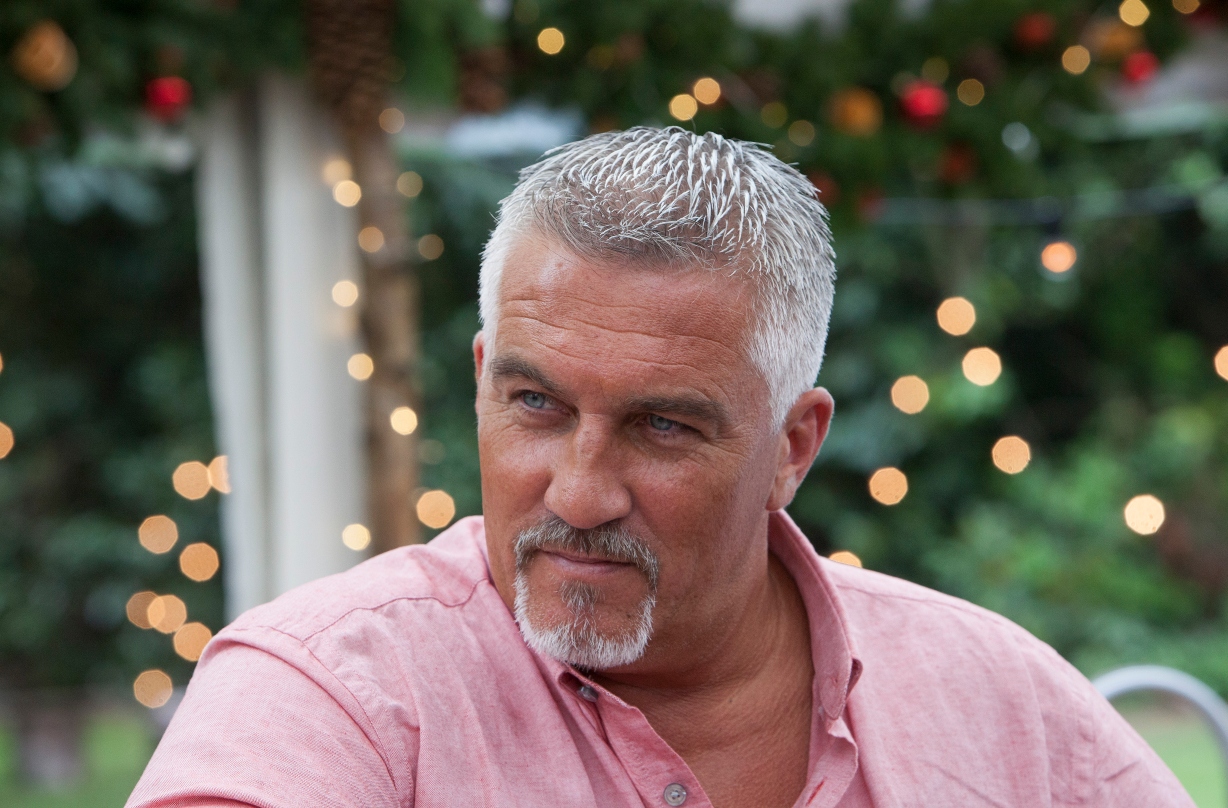
The Paul Hollywood farmhouse loaf recipe is a fail-safe way to make the perfect white bread every time.
This Paul Hollywood white loaf recipe is great for Saturday lunch, sliced thick into sandwiches with lashings of butter. The Great British Bake Off judge is, of course, a top baker - and bread is his speciality. Here, he’s landed on the ideal method to create a crispy-on-the-outside, soft-on-the-inside farmhouse loaf that ticks all the right boxes. Wrap it in parchment paper before slicing to keep it fresh for up to three days on the kitchen side.
Ingredients
- 500g/1lb 1oz strong white bread flour, plus a little extra flour for finishing
- 40g/1½oz soft butter
- 12g/2 sachets fast-action dried yeast
- 2 tsp salt
- About 300ml/10¾fl oz tepid water (warm, not cold – about body temperature)
- A little olive or sunflower oil
WEIGHT CONVERTER
Method
- Put the flour into a large mixing bowl and add the butter. Add the yeast at one side of the bowl and add the salt at the other, otherwise the salt will kill the yeast. Stir all the ingredients with a spoon to combine.
- Add half of the water and turn the mixture round with your fingers. Continue to add water a little at a time, combining well, until you’ve picked up all of the flour from the sides of the bowl. You may not need to add all of the water, or you may need to add a little more – you want a dough that is well combined and soft, but not sticky or soggy. Mix with your fingers to make sure all of the ingredients are combined and use the mixture to clean the inside of the bowl. Keep going until the mixture forms a rough dough.
- Use about a teaspoon of oil to lightly grease a clean work surface (using oil instead of flour will keep the texture of the dough consistent). Turn out your dough onto the greased work surface (make sure you have plenty of space).
- Fold the far edge of the dough into the middle of the dough, then turn the dough by 45 degrees and repeat. Do this several times until the dough is very lightly coated all over in olive oil.
- Now use your hands to knead the dough: push the dough out in one direction with the heel of your hand, then fold it back on itself. Turn the dough by 90 degrees and repeat. Kneading in this way stretches the gluten and makes the dough elastic. Do this for about 4 or 5 minutes until the dough is smooth and stretchy. Work quickly so that the mixture doesn’t stick to your hands – if it does get too sticky you can add a little flour to your hands.
- Clean and lightly oil your mixing bowl and put the dough back into it. Cover with a damp tea towel or lightly oiled cling film and set it aside to prove. This gives the yeast time to work: the dough should double in size. This should take around one hour, but will vary depending on the temperature of your room (don’t put the bowl in a hot place or the yeast will work too quickly).
- Line a baking tray with baking or silicone paper (not greaseproof).
- Once the dough has doubled in size scrape it out of the bowl to shape it. The texture should be bouncy and shiny. Turn it out onto a lightly floured surface and knock it back by kneading it firmly to 'knock' out the air. Use your hand to roll the dough up, then turn by 45 degrees and roll it up again. Repeat several times. Gently turn and smooth the dough into a round loaf shape.
- Place the loaf onto the lined baking tray, cover with a tea towel or lightly oiled cling film and leave to prove until it’s doubled in size. This will take about an hour, but may be quicker or slower depending on how warm your kitchen is.
- Preheat the oven to 220°C/ 200°C fan/425°F/Gas Mark 7. Put an old, empty roasting tin into the bottom of the oven.
- After an hour the loaf should have proved (risen again). Sprinkle some flour on top and very gently rub it in. Use a large, sharp knife to make shallow cuts (about 1cm/½in deep) across the top of the loaf to create a diamond pattern.
- Put the loaf (on its baking tray) into the middle of the oven. Pour cold water into the empty roasting tray at the bottom of the oven just before you shut the door – this creates steam which helps the loaf develop a crisp and shiny crust.
- Bake the loaf for about 30 minutes.
- The loaf is cooked when it’s risen and golden. To check, take it out of the oven and tap it gently underneath – it should sound hollow. Turn onto a wire rack to cool.
Tips for making Paul Hollywood's white loaf:
Make sure you’re not under- or over-kneading your dough. To check it’s perfect before going in the oven, see if it stretches two to four inches without breaking.

Paul Hollywood is best known for being a judge on Channel 4’s baking competition ‘The Great British Bake Off.’ Although he’d originally trained as a sculptor, Paul’s father - who was also a baker - managed to persuade him to join the family business. And thank goodness he did. Paul went on to become one of the best artisan bakers in the country working at some of the most prestigious hotels in London including The Dorchester and The Grosvenor.
-
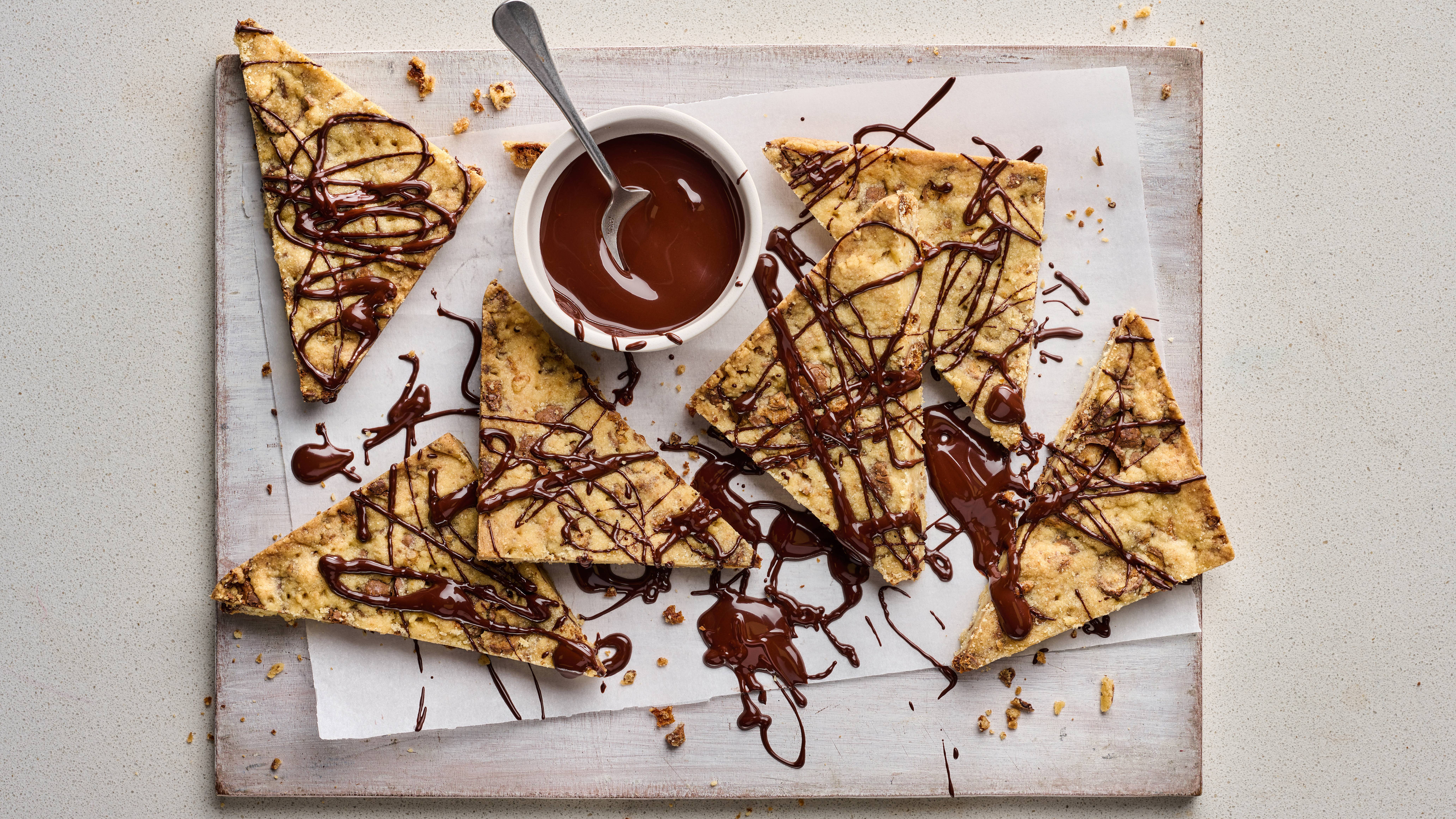 Maltesers shortbread
Maltesers shortbreadOur Maltesers shortbread takes just 20 minutes to bake and use only five ingredients
By Rose Fooks Published
-
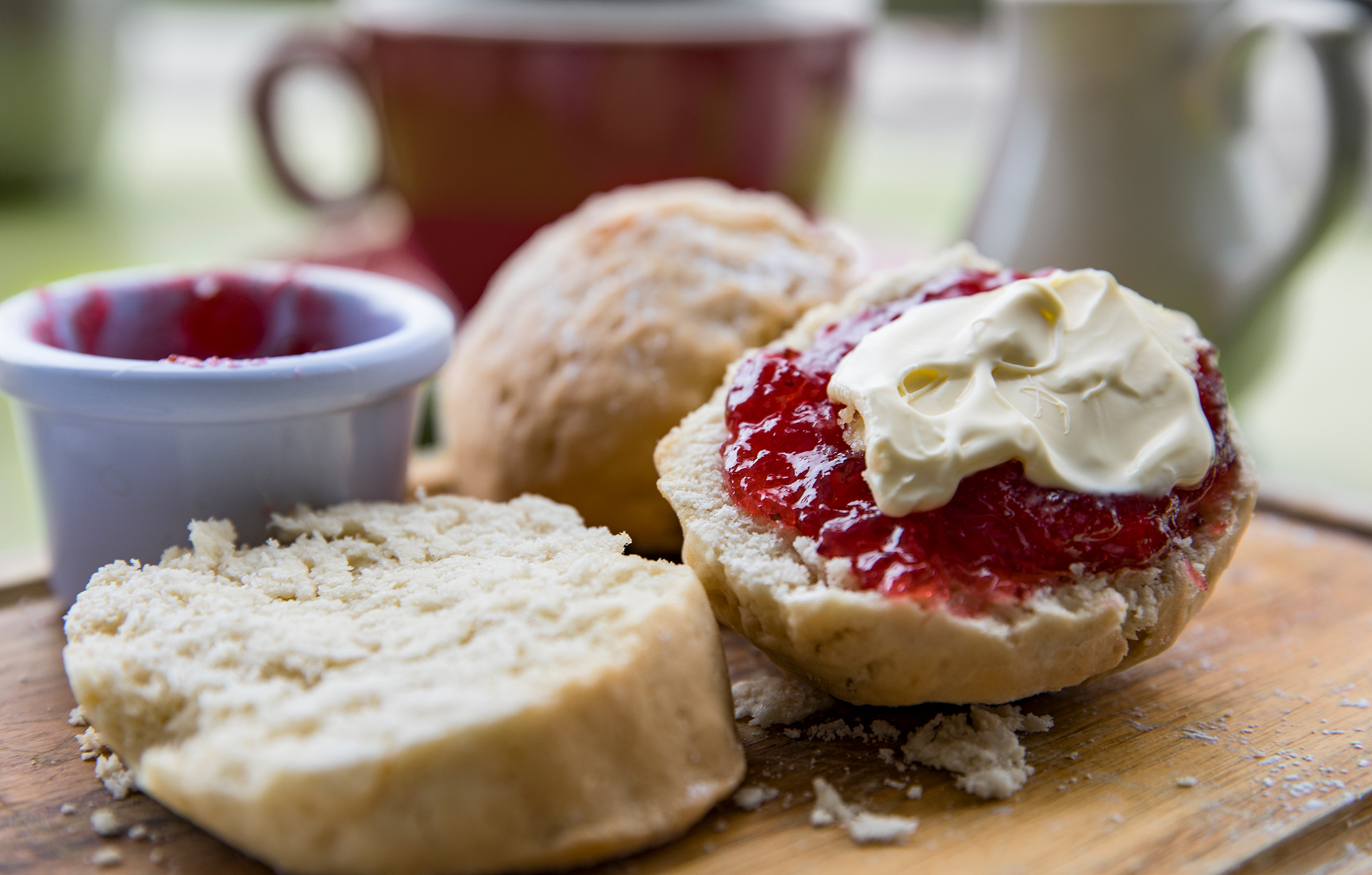 Paul Hollywood's scones
Paul Hollywood's sconesPaul Hollywood's scones are scrumptious yet simple with an easy to follow recipe and delicious results. Best served with fresh cream and homemade jam.
By Paul Hollywood Last updated
-
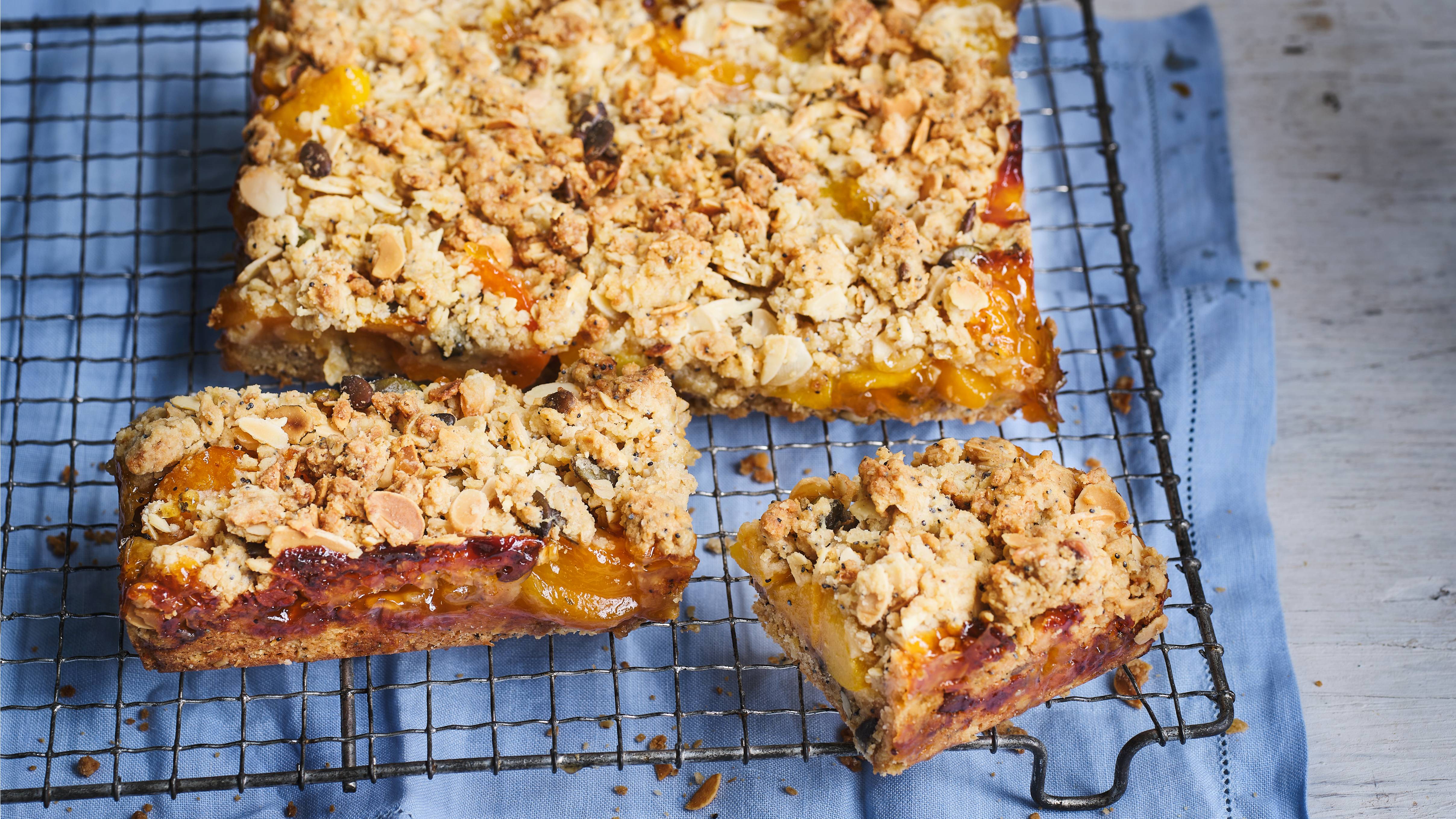 Fruit crumble tray bake
Fruit crumble tray bakeOur fruit crumble tray bake is somewhere between a teatime treat and a pudding...
By Jess Meyer Published
-
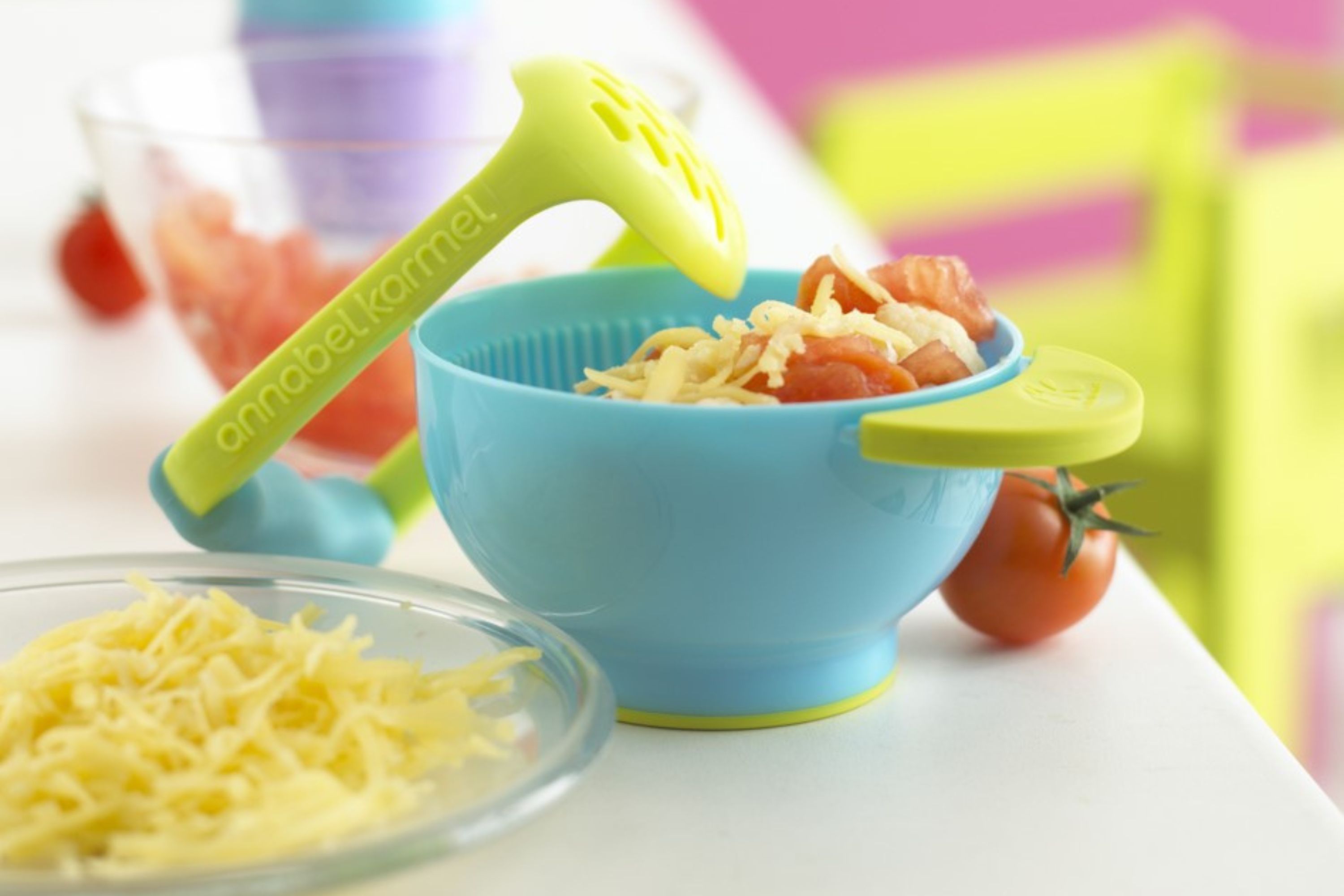 Annabel Karmel's trio of vegetables with tomato and basil
Annabel Karmel's trio of vegetables with tomato and basilSuitable for six months plus, this baby food by nutritional expert Annabel Karmel is made with a whole heap of veggies...
By Annabel Karmel Published
-
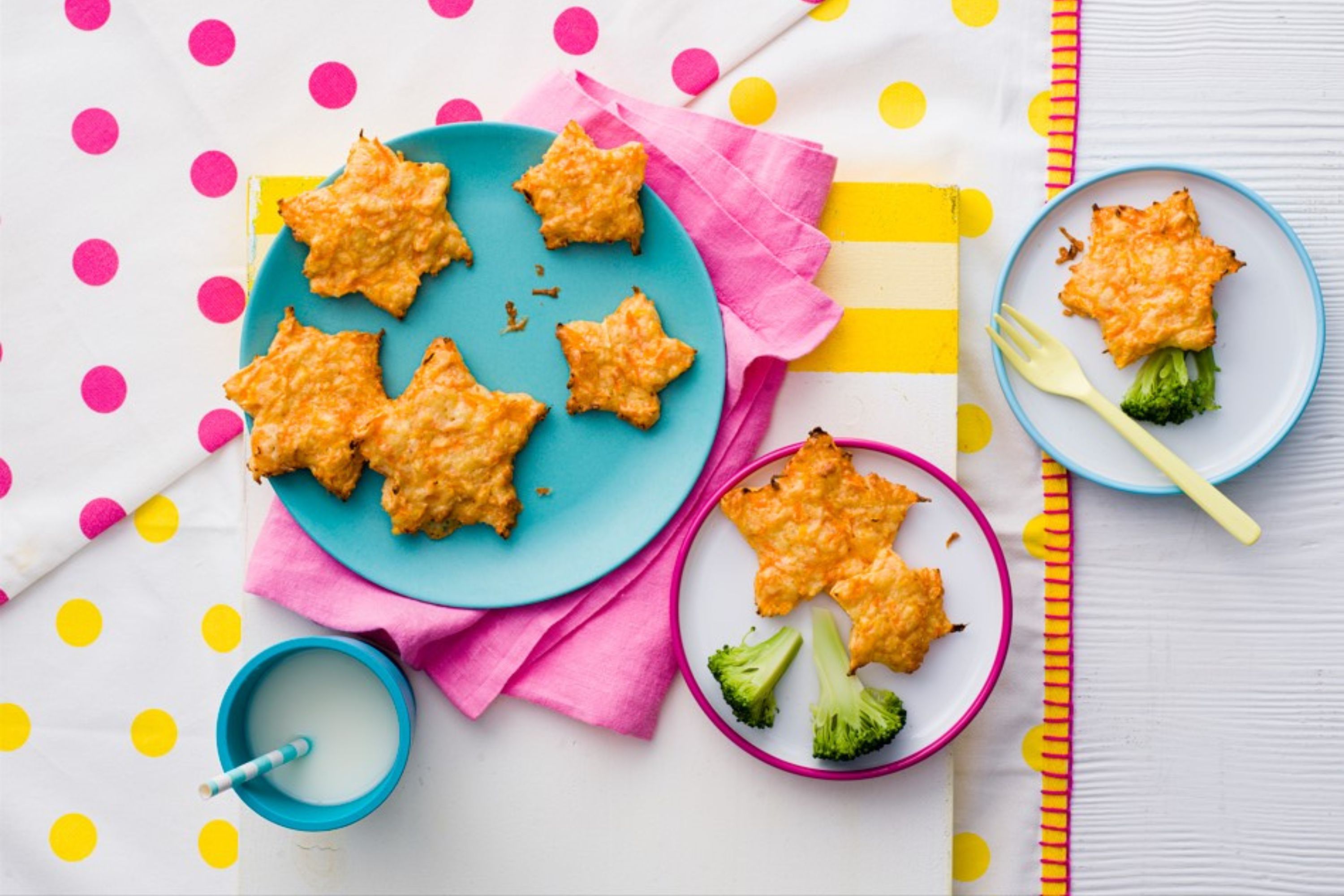 Annabel Karmel's cheesy carrot stars
Annabel Karmel's cheesy carrot starsThese flavour-packed cheesy carrot stars by Annabel Karmel are perfect for introducing finger foods to your little one...
By Annabel Karmel Published
-
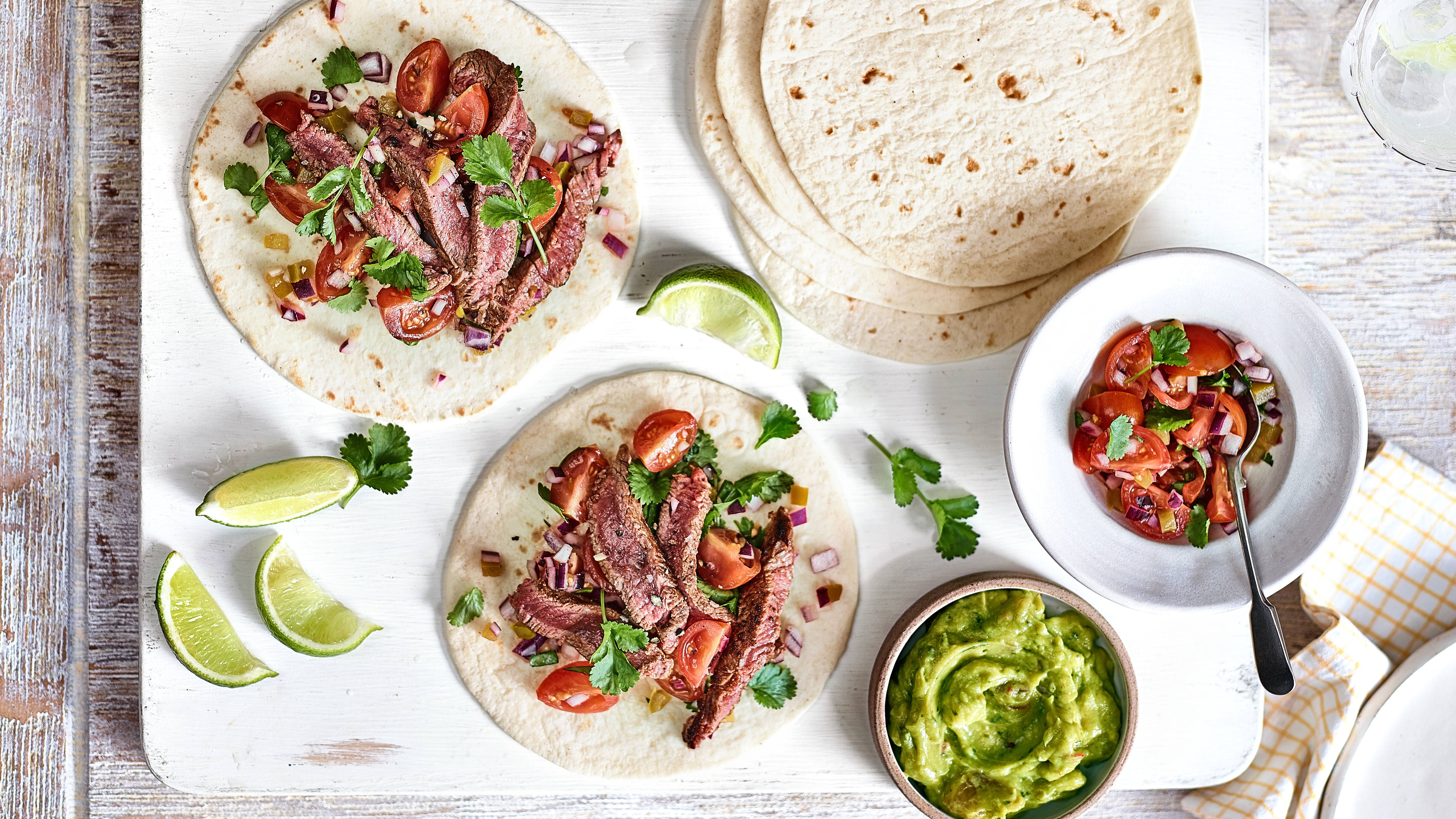 Steak and salsa wraps
Steak and salsa wrapsOur steak and salsa wraps are one of those build-you-own suppers the teens in your house will love...
By Jessica Ransom Published
-
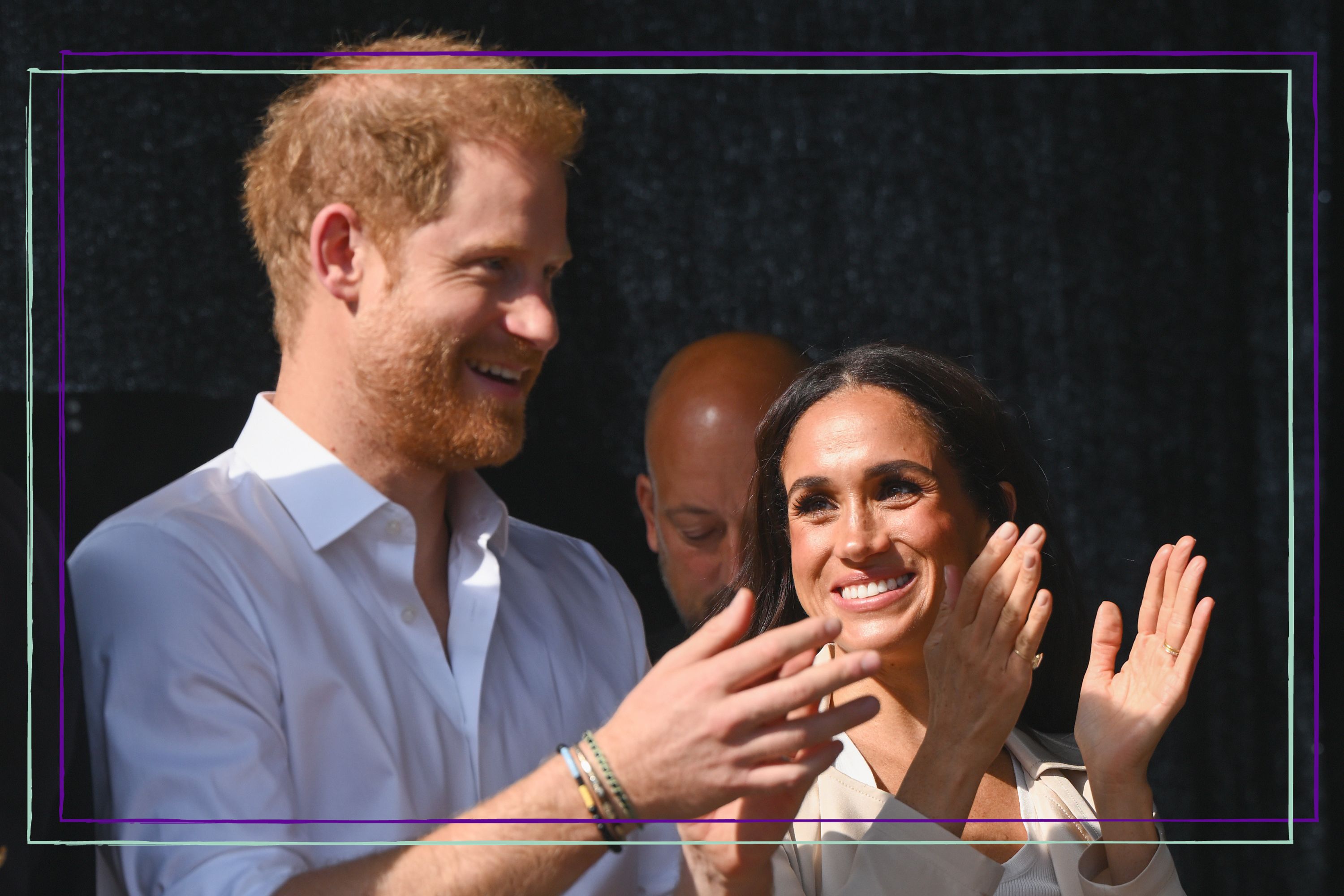 Prince Harry’s plans for a ‘British’ Christmas for Prince Archie and Lilibet - selection boxes for breakfast?
Prince Harry’s plans for a ‘British’ Christmas for Prince Archie and Lilibet - selection boxes for breakfast?The Duke of Sussex is planning to give his children their first-ever British Christmas
By Selina Maycock Published
-
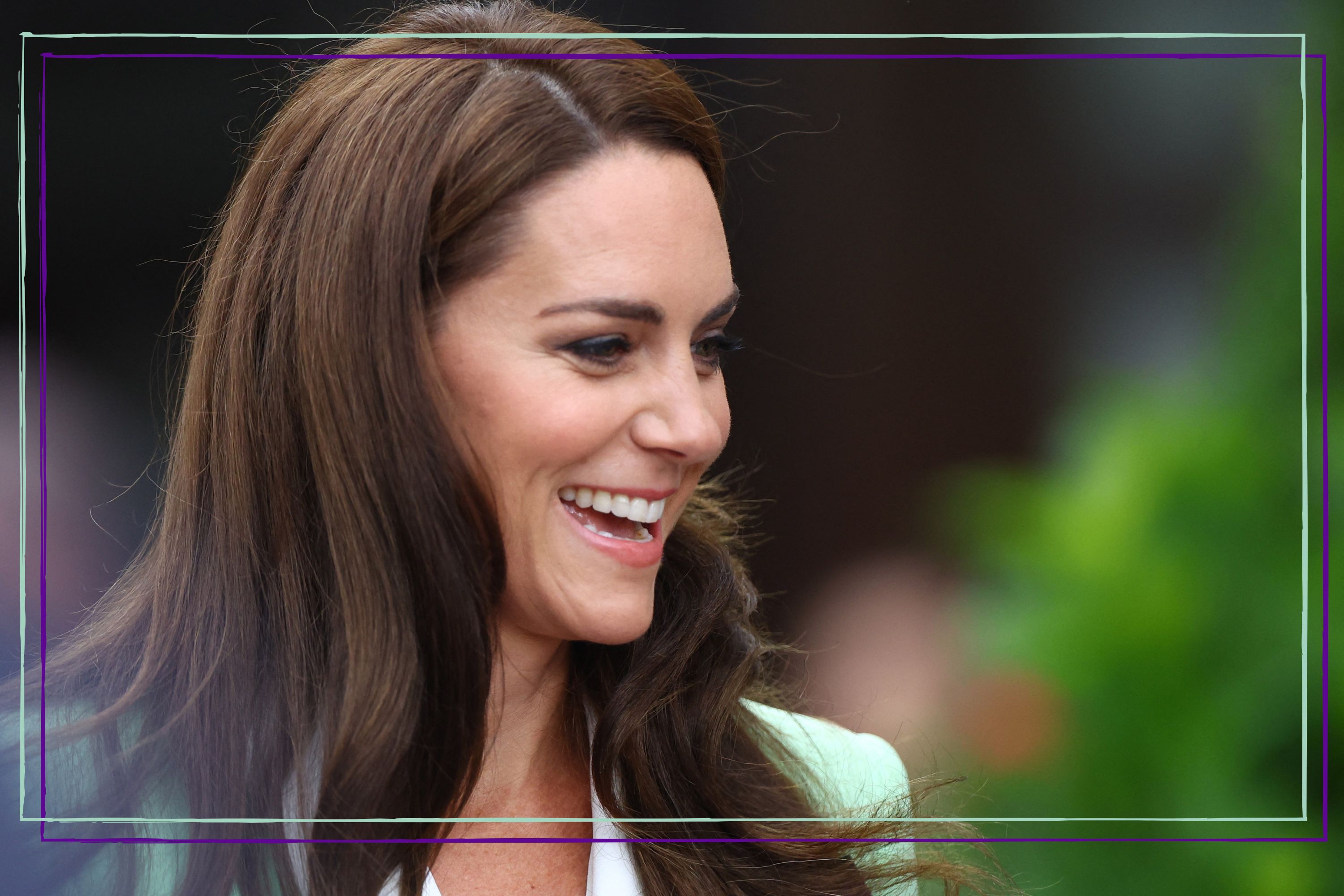 Kate Middleton reveals 'healthy' new snack she's 'going to try' with Prince George, Princess Charlotte and Prince Louis
Kate Middleton reveals 'healthy' new snack she's 'going to try' with Prince George, Princess Charlotte and Prince LouisIt sounds delicious
By Charlie Elizabeth Culverhouse Published
-
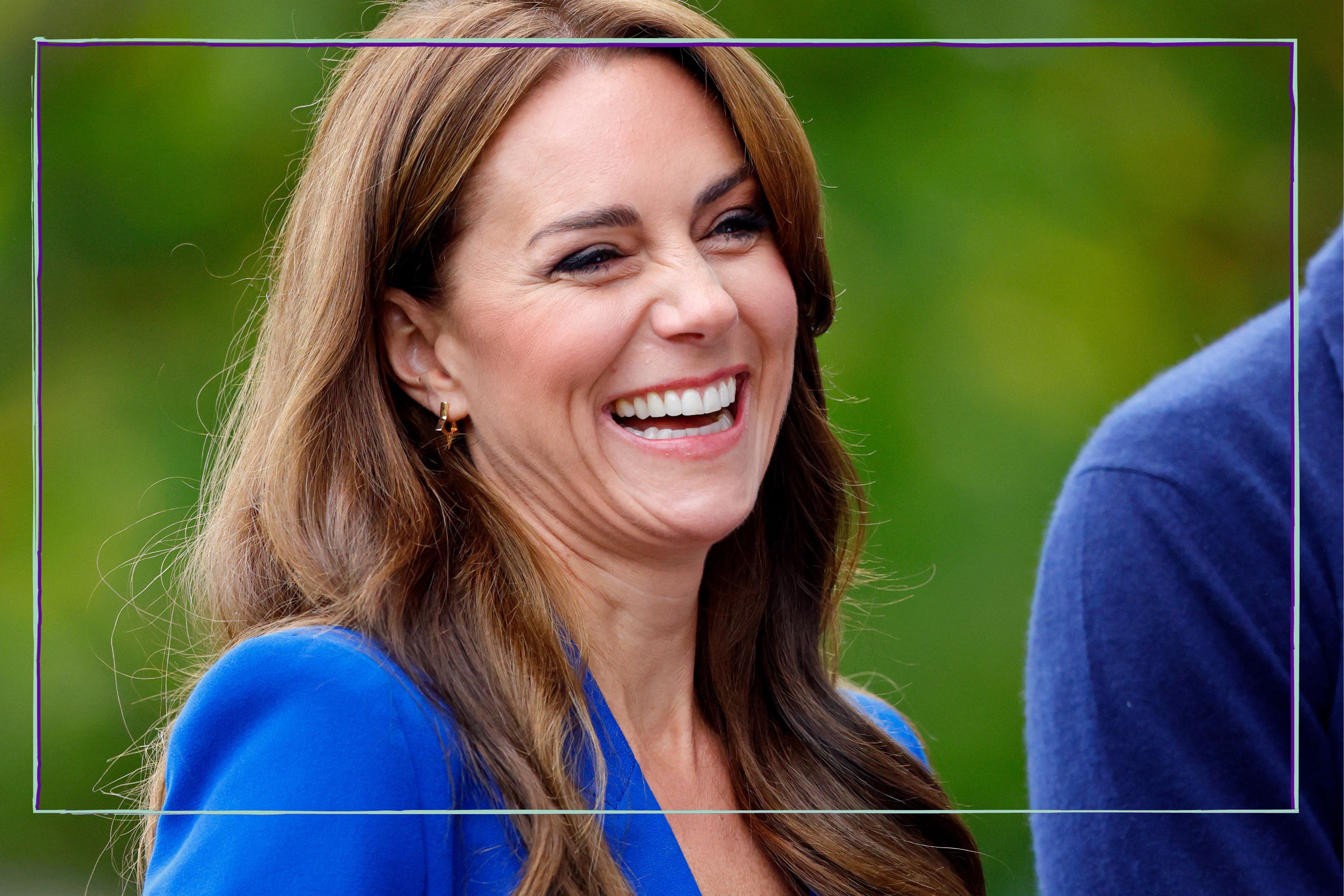 Kate Middleton’s 'two veg' breakfast is an easy energy boost for busy mums
Kate Middleton’s 'two veg' breakfast is an easy energy boost for busy mumsThe Princess of Wales is said to eat the same things for breakfast each day
By Selina Maycock Published
